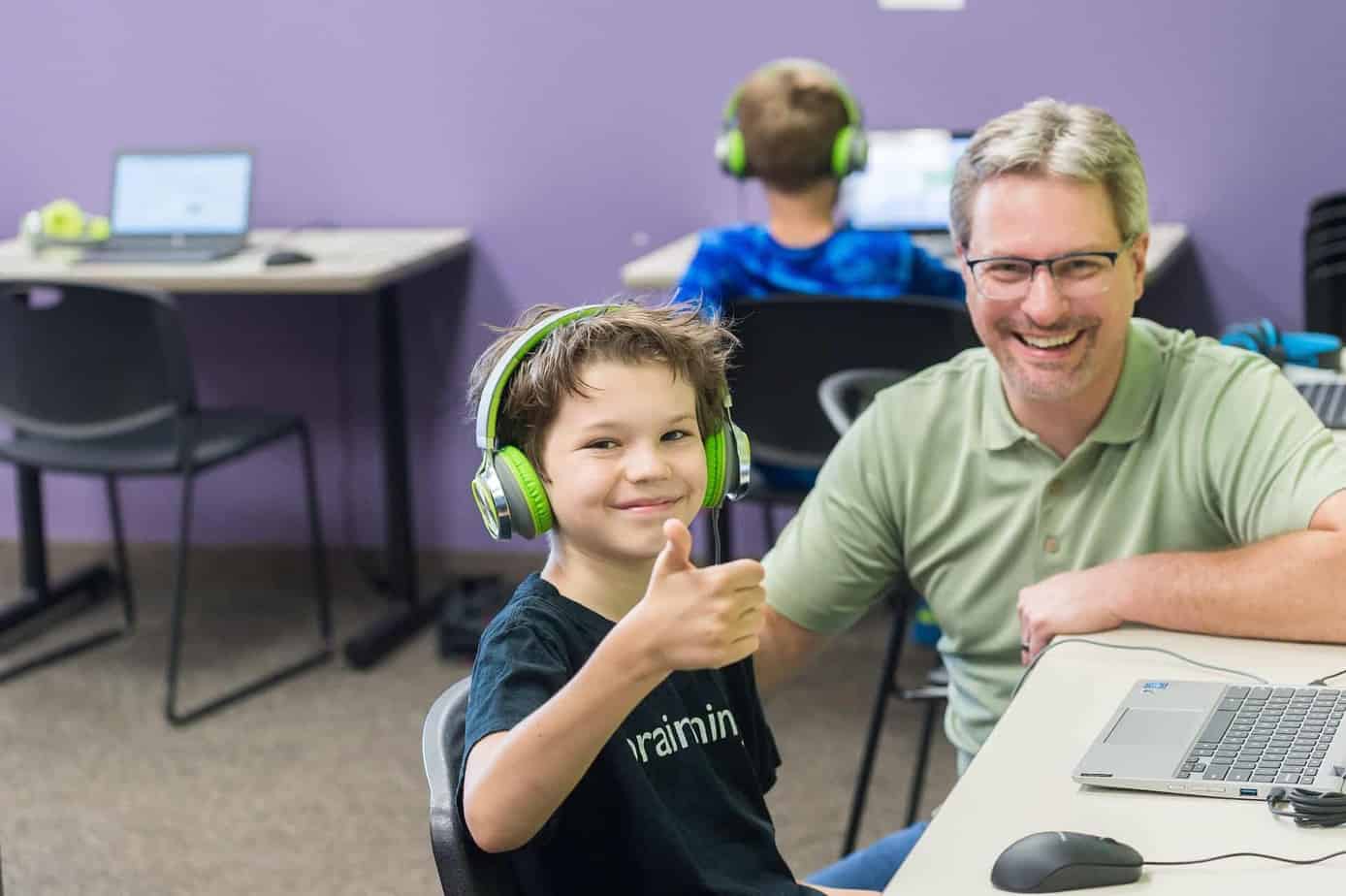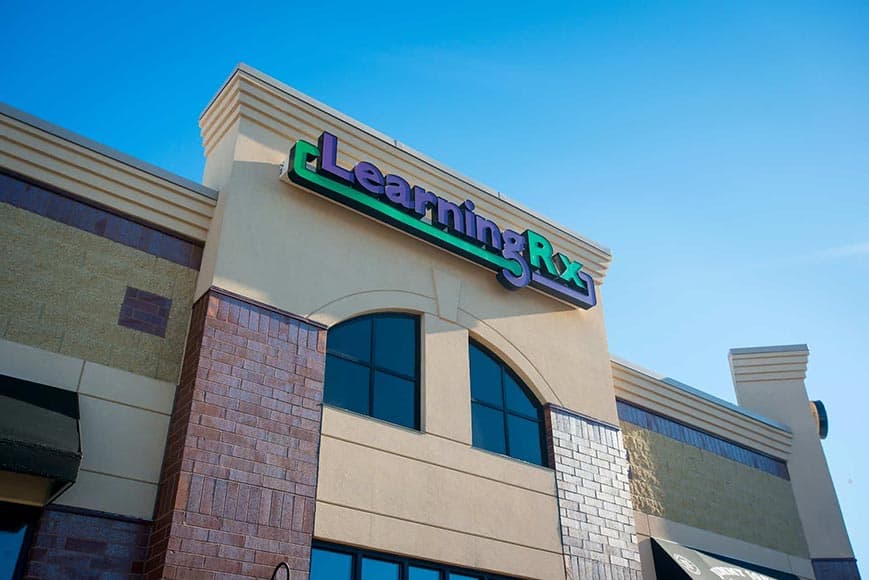Surprising Facts About Learning Disabilities
Learning disabilities are conditions that affect millions of individuals worldwide. While they are commonly discussed, there are still many misconceptions surrounding these conditions. When you properly understand what’s really going on in the brain, you can more successfully intervene and support easier thinking and learning.
Fact #1: Dyslexia Is More Common Than You Think
Dyslexia is often misunderstood as a rare condition, but the reality is quite different. It’s estimated that approximately 1 in 5 people have some degree of dyslexia. This means that in a typical classroom of 20 students, statistically, at least four individuals are likely to experience some form of dyslexia. Recognizing the prevalence of dyslexia is essential for educators, parents, and policymakers to ensure that appropriate support is provided.
Fact #2: Learning Disabilities Can Manifest in Many Forms
While dyslexia is one of the most well-known learning disabilities, it’s essential to understand that they can take various forms. These can include dyscalculia (difficulty with math), dysgraphia (challenges with handwriting), and auditory processing disorders (difficulty processing and understanding auditory information). Each of these disabilities can have a profound impact on an individual’s learning experience, making identification and root cause intervention crucial.
Fact #3: Learning Disabilities Are Not Linked to Intelligence
One common misconception about learning disabilities is that they are indicative of low intelligence. This couldn’t be further from the truth. They have no bearing on a person’s intelligence. Many individuals with learning disabilities are exceptionally talented and intelligent in areas outside of their specific challenge. Recognizing this fact is essential to foster a supportive and inclusive environment for all learners.
Fact #4: Early Intervention Is Critical
Studies consistently show that early intervention is the key to helping individuals with learning disabilities overcome their challenges. The brain is highly adaptable, especially during childhood, and specialized programs can help rewire neural pathways to improve reading, writing, math, and other essential skills. Identifying and addressing learning disabilities at an early age significantly improves a person’s chances of success in school and life.
Fact #5: Personalized Programs Make a Difference
No two individuals exactly alike. What works for one person may not be effective for another. Therefore, personalized intervention programs tailored to an individual’s specific needs are crucial. LearningRx, for example, offers cognitive training programs that are customized to target an individual’s unique cognitive strengths and weaknesses. These programs have shown remarkable success in helping individuals with learning disabilities unlock their full potential.
Supporting Learners Starts With the Brain
Whether you’re supporting a child with a severe learning disability or you just suspect something’s a little off, the approach to intervention needs to start with the brain. Accommodating different learning needs is helpful in the short-term, but building up the brain’s capacity for thinking and learning is the best way to help all learners achieve their fullest potential.







